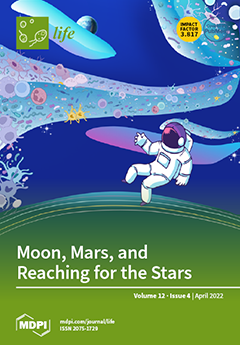Open AccessArticle
Prognostic Impact and Predictors of New-Onset Atrial Fibrillation in Heart Failure
by
Hyo-In Choi, Sang Eun Lee, Min-Seok Kim, Hae-Young Lee, Hyun-Jai Cho, Jin Oh Choi, Eun-Seok Jeon, Kyung-Kuk Hwang, Shung Chull Chae, Sang Hong Baek, Seok-Min Kang, Dong-Ju Choi, Byung-Su Yoo, Kye Hun Kim, Myeong-Chan Cho, Byung-Hee Oh and Jae-Joong Kim
Cited by 1 | Viewed by 1793
Abstract
Background: The prognostic impact and predictors of NOAF in HF patients are not fully elucidated. This study aims to determine whether new-onset atrial fibrillation (NOAF) affects patient outcome and investigate predictors of atrial fibrillation (AF) in acute heart failure (HF) patients using real-world
[...] Read more.
Background: The prognostic impact and predictors of NOAF in HF patients are not fully elucidated. This study aims to determine whether new-onset atrial fibrillation (NOAF) affects patient outcome and investigate predictors of atrial fibrillation (AF) in acute heart failure (HF) patients using real-world data. Methods: The factors associated with NOAF in 2894 patients with sinus rhythm (SR) enrolled in the Korean Acute Heart Failure (KorAHF) registry were investigated. Survival was analyzed using AF as a time-dependent covariate. Relevant predictors of NOAF were analyzed using multivariate proportional hazards models. Results: Over 27.4 months, 187 patients developed AF. The median overall survival time was over 48 and 9.9 months for the SR and NOAF groups, respectively. Cox regression analysis with NOAF as a time-dependent covariate showed a higher risk of death among patients with NOAF. Multivariate Cox modeling showed that age, worsening HF, valvular heart disease (VHD), loop diuretics, lower heart rate, larger left atrium (LA) diameter, and elevated creatinine levels were independently associated with NOAF. Risk score indicated the number of independent predictors. The incidence of NOAF was 2.9%, 9.4%, and 21.8% in the low-risk, moderate-risk, and high-risk groups, respectively (
p < 0.001). Conditional inference tree analysis identified worsening HF, heart rate, age, LA diameter, and VHD as discriminators. Conclusions: NOAF was associated with decreased survival in acute HF patients with SR. Age, worsening HF, VHD, loop diuretics, lower heart rate, larger LA diameter, and elevated creatinine could independently predict NOAF. This may be useful to risk-stratify HF patients at risk for AF.
Full article
►▼
Show Figures






